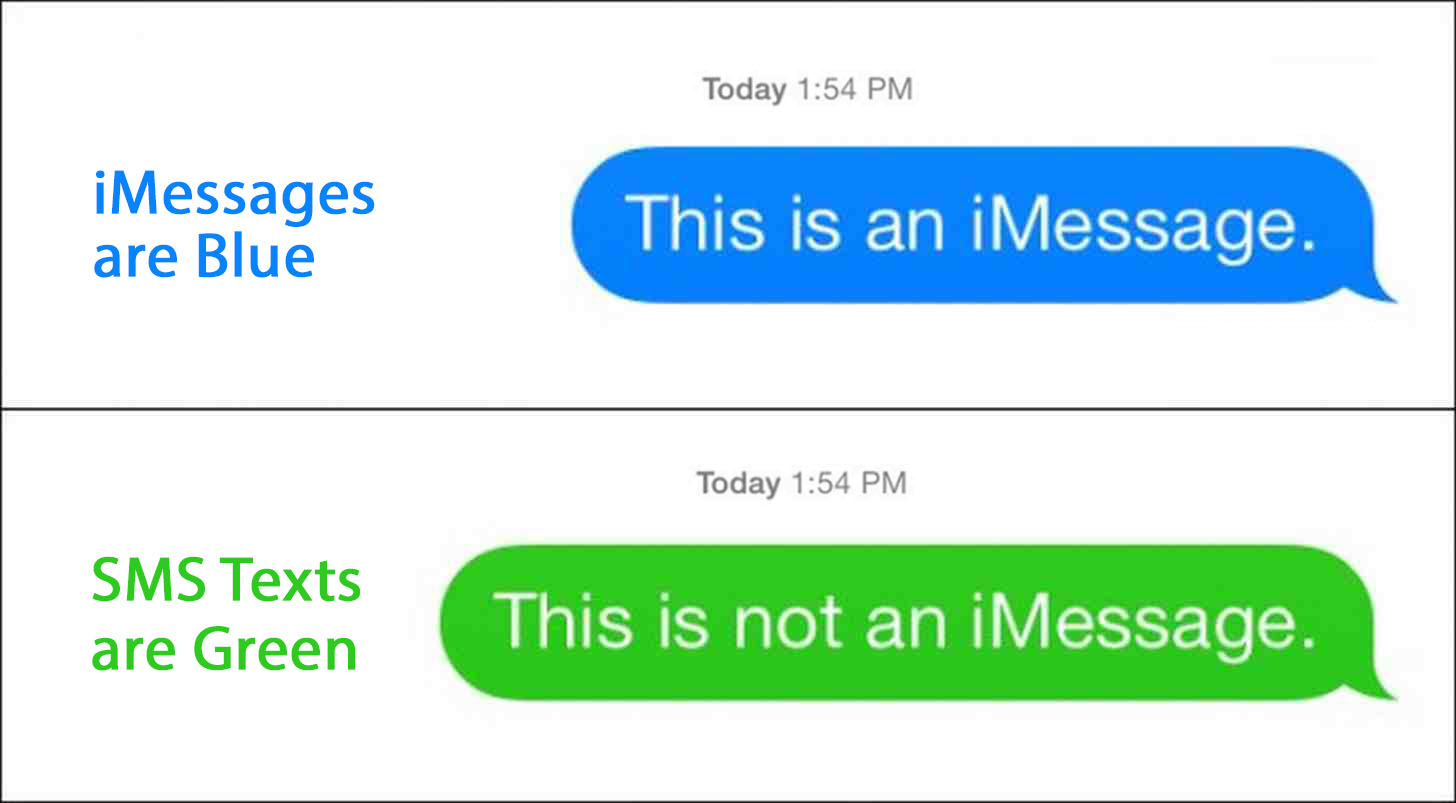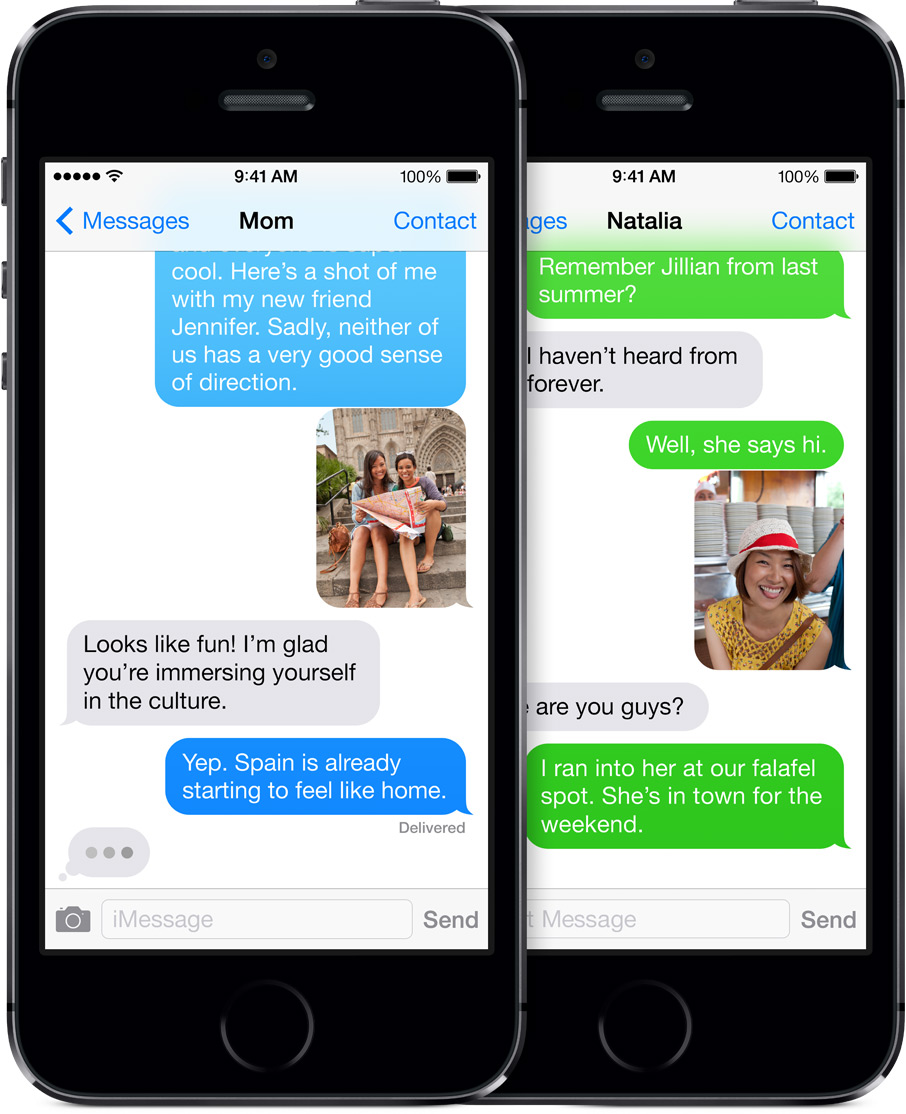iPhone users often get confused between iMessage and Text Message or SMS as both these services are available in the Messages app. In this article we help you understand the differences between the two. Keep reading!
iMessage Requires Internet Connection; Text Messages are Billed by the Cellular Service Provider

This is indeed one of the major technical difference between SMS (or text messaging service) and iMessage . SMS is offered by the mobile carrier or cellular service provider. It has nothing to do with the internet connection. Only the mobile service provider has the right to bill you for text messages. However, they usually operate under the price regulations set by the government authorities governing the telecom sector in your country.
The SMS charges are billed by per message usage. You may or may not be charged for the incoming messages. Mobile operators in countries like the USA charge you for the incoming SMS as well. However, if you have a SMS pack offering you limited or unlimited messages then the charges will be in accordance with the pack. All mobile carriers charge for outgoing messages unless you have a SMS pack. It is best to contact the mobile carrier for more details regarding the charges.
On the other hand, iMessage works completely on the internet connections. This service is offered on iOS devices by Apple and is independent of cellular connection. You may need to use cellular data to use iMessage when there is no Wi-Fi connection available. However, when you are connected to Wi-Fi, even if there is no cellular network, you will still be able to use iMessage.
iMessage Does not Have Any Character Limit; Text Messages Have

SMS has a character limit which is usually 160 characters in most countries. Please do not be confused by the limit. The limit does not imply that you cannot send SMS which is longer than 160 characters. The extra characters are not truncated. What happens is that when you type a message with more than 160 characters, you are billed for additional SMS. So, let’s say you type an SMS of 150 characters, you will be billed for 1 message. If you send a 161 character SMS, you will be charged for two. It is in the multiples of 160. So, if you happen to send a message with 321 characters, you will be billed for 3 messages.
This is not the case with iMessage though. However, long the iMessage, there is no character limit. No matter how long the message be, it is always counted as one. Of course, more characters use more data. But, texts anyway do not consume too much of data.
Support for Multimedia

iMessage lets you send video, picture and audio files. While doing so, you consume the data from your internet plan (whether provided by your cellular service or an independent ISP). iMessage supports all kinds of media. You can send media files with an SMS but it is instantly converted to Multimedia Messaging Service (MMS). Your cellular service may or may not support MMS. Also, there are extra charges for MMS; it can cost you a lot in fact. This is why it is always better to use iMessage or any other data-based messaging service to share media files.
Cross-Platform Compatibility
SMS is a default service on all mobile networks. You don’t have to download anything additional or set up any service. Once you have the cellular network, you can instantly start sending and receiving SMS. It is also independent of the platform. Whether you have Android, iOS or Windows phone, you can share SMS across.
iMessage on the other hand is an Apple only service. You must either have an iOS device or a Mac computer to use iMessage.
Conclusion
So, here are the top differences between iMessage and Text Message. Hope, this Blog post helps clarifying things and helps you understand the difference better.